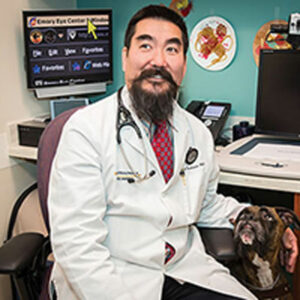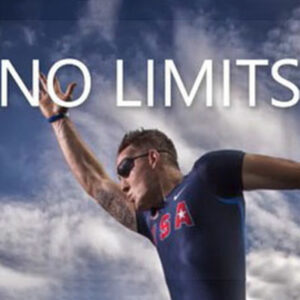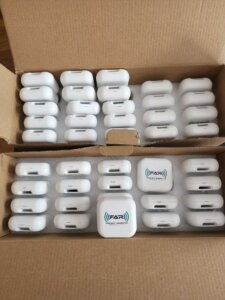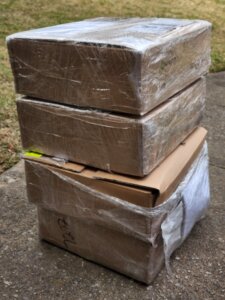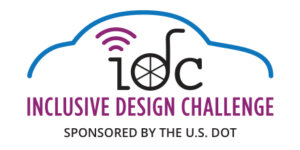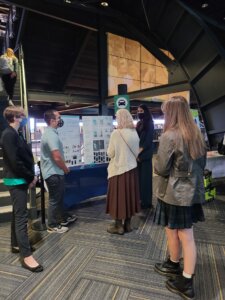The US Department of Transportation just released the presentations of each Inclusive Design Challenge semi-finalist
On Monday January 24 and 26, each semi-finalist showcased the advancements made on their original proposed Inclusive Design Challenge prototype to ensure autonomous vehicles are accessible, usable, and enable people with disabilities to independently access vocational, educational, medical, and other critical destinations.
Semi-finalists showcased a wide range of solutions including numerous AV provider agnostic apps, AI aided navigation, automated wheelchair tie-downs, ultra-wide band, Bluetooth , and GPS capabilities. Solutions ranged across sensory, mobility, and cognitive disability types.
Foresight Augmented Reality’s Autonomous Vehicle Accessibility Solution
We were the third semi-finalist to present on Day 2 of the Inclusive Design Challenge Charrette. Due to the presentation’s 10- minute time limit, our strategy was to focus on the competitive advantages and unique capabilities to separate our solution from the rest of the semi-finalists.
In our presentation, we introduced FAR’s business to the audience, provided a brief overview of the presentation, and then a video demonstration of two totally blind travelers finding a simulated autonomous vehicle without human intervention.
Even more amazing is that both travelers were not provided any context about their relationship to the AV. This includes their distance, direction, or any instruction except being told they needed to use the app to find the simulated autonomous vehicle independently.
Here’s what FAR showcased during our Inclusive Design Charrette presentation:
- A functional prototype evidenced by a demonstration video that simulated the experience with both audio and visual accessibility features.
- Multiple commercial applications applicable to indoor, outdoor, public transit, ride-share, and autonomous vehicles.
- Incorporating technology partners !Important and what3words to provide users even more safety and capability
- How our solution supports sensory and cognitive disabilities with audio, text, haptic, and visual accessibility features
Day 1 Inclusive Design Challenge Charrette semi-finalists included:
- AbleLink Smart Living Technologies
- Carnegie Mellon University
- May Mobility & UMTRI
- University of Kansas
- University of Maine
You can see the day 1 presentations by clicking here and using passcode N02C
Day 2 presentation semi-finalists included:
What are your accessibility goals?
To discuss how you can ensure people with disabilities can use and access your business, signage, or transit system, reach out to Tanner.
TannerG@ForesightAR.com
And subscribe to the blog if you want updates on new developments, capabilities, announcements, and the results of the Inclusive Design Challenge with a $2 million purse up for grabs!

